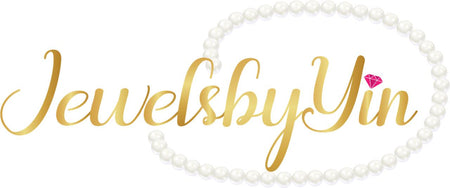Pearl Guide
South Sea pearls
South Sea pearls are known worldwide for their natural colors of Silvery-White and Gold, and their extremely large sizes. These pearls are cultured in warm tropical waters of Northern Australia, Myanmar, Indonesia, and Philippines.
Akoya pearl are bead-nucleated cultured pearls produced in the Pinctada fucata martensii and Pinctada fucata chemnitzii primarily in Japan, China, Vietnam, South Korea and Australia, with the majority of production (>95%) taking place in Japan.
Renowned for their luster, akoya are considered the classic pearl. Akoya pearls were the first cultured pearls to be farmed using a bead and mantle tissue technique patented by Kokichi Mikimoto of Mie Prefecture, Japan, in 1916.
Akoya are generally white or cream colored, with overtone colors of rose, silver and cream. Non-white colors such as blue, silver-blue and yellow exist but are considered uncommon colors.
The akoya oyster is the smallest pearl-producing oyster used in pearl culture today, so akoya pearls also tend to be small, ranging in size from about 2 to 11 millimeters. They also tend to be the most consistently round and near-round pearls, making them ideal in terms of matching for multi-pearl jewelry such as strands and bracelets.
Tahitian Sea pearls
